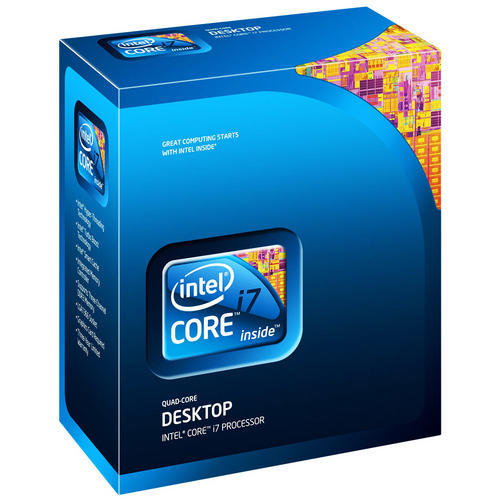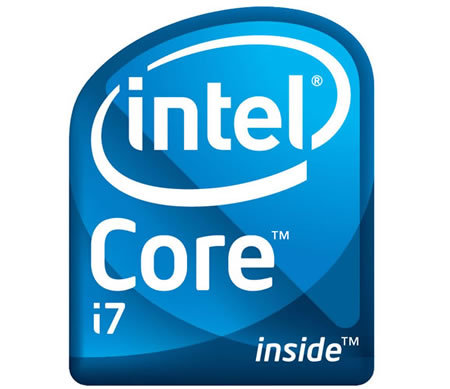Review of the Intel Core i7
Two manufacturers, Intel and AMD, largely dominate the market for computer chips and while the AMD FX 8150 processor was perhaps a disappointment in terms of performance, Intel has been going from strength to strength.
The previous Intel Core i7 2700K processor, designated Sandy Bridge, was well received by the market. It contained 995 million transistors packed into a silicon package of just 216 square millimetres.
The latest offering from Intel in the Core i7 range, code named Ivy Bridge, is officially known as the Intel Core i7 3770K. However, although it boasts 1.4 billion transistors on a 160 square millimetre silicon chip, it is not a quantum leap in technology compared with its predecessor. Intel tends to proceed on a tick-tock basis, with major advancements classified as tocks, such as the Sandy Bridge processor, and smaller manufacturing improvements called ticks. On this scale, the Ivy Bridge range is known as a tick plus. The new chip still contains four cores and is still clocked at the same speed as the Sandy Bridge version, but has minor processing improvements.
The major improvements, apart from the decreased size and corresponding lower power requirements, are concentrated on the graphics side. The chip now features Intel new HD Graphics 4000 upgrade, which brings the number of execution units up from the previous 12 to 16 and adds Direct X 11 support. |  |
 | A benefit of the increased graphic power is the ability to support up to three independent graphic displays, a trend that is becoming more popular among home PC users. The reduced chip size has been made possible by using Intel 3D Tri-gate transistors taking advantage of the reduced 22nm (down from 32nm) technology. Although the chip still has only four cores, by using Hyper Threading, Intel has been able to effectively double the number of processing threads from those four cores. Other performance enhancements include support for PCI Express Generation 3, integrated USB 3.0, enhanced wireless communications capability and support for 6Gbps SATA III.
It seems as if Intel has directed this tick-plus release squarely at the typical consumer and upgraded those features most likely to be attractive. A big bonus is that if you have a Shady Bridge processor already and want to take advantage of this upgrade, you don¿t need to replace your motherboard as well. The new Ivy Bridge chip will work in Sandy Bridge motherboards, although you won¿t get every single improvement using it in your existing motherboard.
So what is the bottom line? The Intel Core i7 3770K has a good mix of performance and efficiency, but it is not a major step forwards. As Intel calls it, it is a tick-plus release. |

